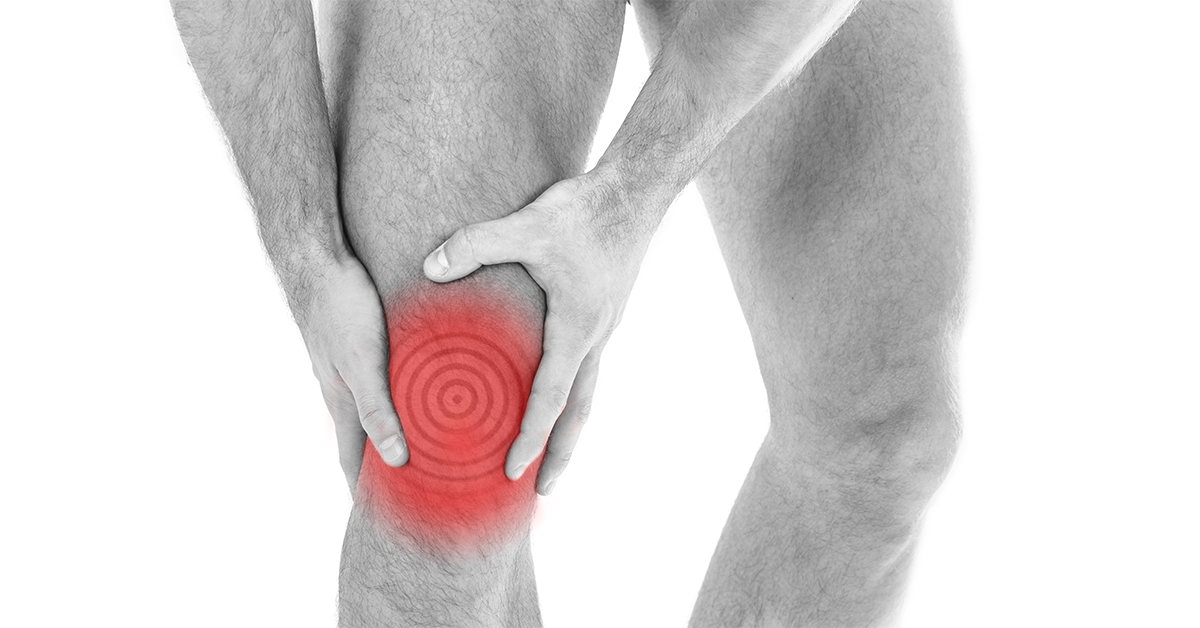
Knee arthrodesis, also known as knee fusion, is a surgical procedure designed to treat severe knee pain and instability when other treatments have failed. While it may not be as commonly discussed as knee replacement, it is an essential option for certain patients. This blog will explore what knee arthrodesis is, why it might be necessary, the surgical procedure, recovery, and the potential benefits and drawbacks.
What is Knee Arthrodesis?
Knee arthrodesis involves fusing the bones of the knee joint together, effectively eliminating the joint. This procedure is typically considered a last resort when other treatments, such as medications, physical therapy, or even knee replacement, have not provided relief. The goal of knee fusion is to relieve pain, improve stability, and allow the patient to return to a more functional level of activity.
Why Knee Arthrodesis Might Be Necessary
Severe Arthritis
Severe arthritis, particularly in cases where the joint is severely damaged and other treatments have failed, can make knee arthrodesis a viable option. This procedure can provide significant pain relief when joint preservation is no longer possible.
Infection
Infections that do not respond to antibiotics and other treatments can damage the knee joint irreparably. Knee fusion can eliminate the infected joint space, thereby reducing pain and preventing the spread of infection.
Failed Knee Replacement
Some patients experience complications or failure of knee replacement surgery. In such cases, knee arthrodesis can provide an alternative solution, especially when revision surgery is not feasible.
Trauma
Severe trauma that results in extensive damage to the knee joint and surrounding tissues may necessitate knee arthrodesis to restore stability and function.
The Surgical Procedure
Preoperative Preparation
Before surgery, a thorough evaluation, including imaging studies like X-rays and MRIs, is conducted to assess the extent of joint damage and plan the procedure. Patients are typically advised to stop certain medications and prepare for post-surgical care.
The Procedure
Knee arthrodesis is performed under general anesthesia. The surgeon removes any remaining cartilage and prepares the bone surfaces. Metal rods, plates, or screws are then used to hold the bones in place until they fuse together. The surgery can take several hours, depending on the complexity of the case.
Postoperative Care
After the surgery, patients typically stay in the hospital for a few days. Pain management, wound care, and the prevention of complications such as blood clots are prioritized. Physical therapy begins soon after surgery to promote mobility and strength.
Recovery Process
Initial Recovery
The initial recovery phase involves managing pain and swelling. Patients are encouraged to keep the leg elevated and use ice packs to reduce swelling. Physical therapy focuses on gentle movements and strengthening exercises to promote healing.
Intermediate Recovery
As healing progresses, physical therapy becomes more intensive. Patients work on improving strength, balance, and mobility. The use of assistive devices like crutches or a walker is common during this phase.
Long-Term Recovery
Full recovery from knee arthrodesis can take several months. Patients gradually return to their normal activities, although high-impact activities are typically avoided. Follow-up appointments with the surgeon ensure the bones are fusing correctly and to address any complications.
Benefits of Knee Arthrodesis
Pain Relief
One of the most significant benefits of knee arthrodesis is the relief of chronic pain, allowing patients to enjoy a better quality of life.
Improved Stability
By fusing the knee joint, patients gain improved stability, which can be particularly beneficial for those who have experienced joint instability.
Prevention of Infection
For patients with persistent joint infections, knee arthrodesis can effectively eliminate the infected area, preventing the spread of infection.
Drawbacks of Knee Arthrodesis
Loss of Knee Flexibility
The most notable drawback of knee arthrodesis is the loss of knee flexibility. Patients will no longer be able to bend their knee, which can impact activities that require kneeling or squatting.
Altered Gait
Patients may experience an altered gait due to the fusion of the knee joint. This can lead to increased stress on other joints, such as the hip and ankle, potentially causing secondary issues.
Long Recovery Period
The recovery period for knee arthrodesis is lengthy and requires a commitment to physical therapy and follow-up care.
Knee arthrodesis, or knee fusion, is a crucial option for patients with severe knee pain and instability that have not responded to other treatments.
While the procedure involves significant changes to joint function, it can provide substantial pain relief and improved stability. Understanding the benefits, drawbacks, and recovery process is essential for anyone considering this surgery. If you are experiencing severe knee pain and other treatments have failed, consult with an orthopedic surgeon to discuss whether knee arthrodesis might be the right option for you.
